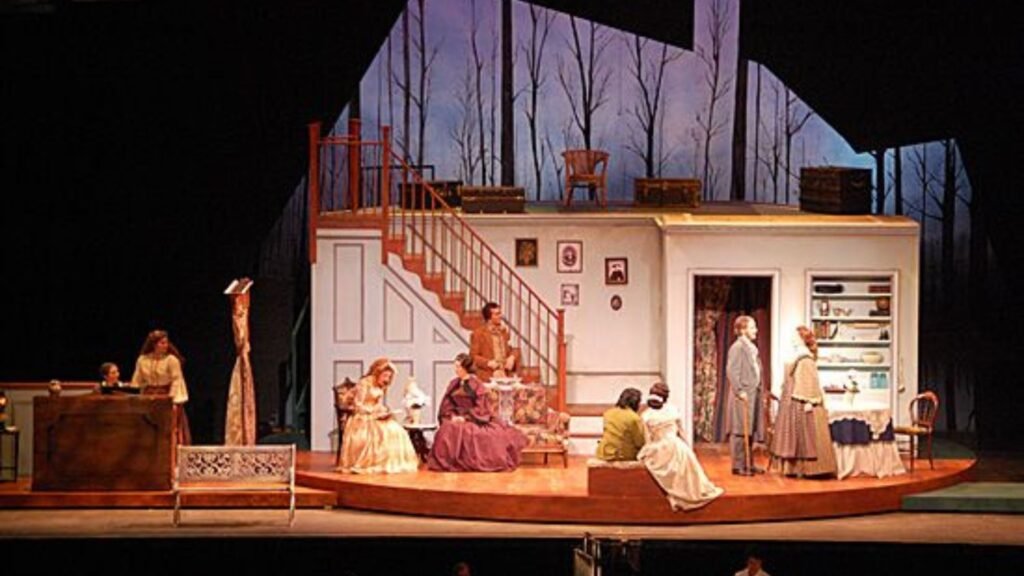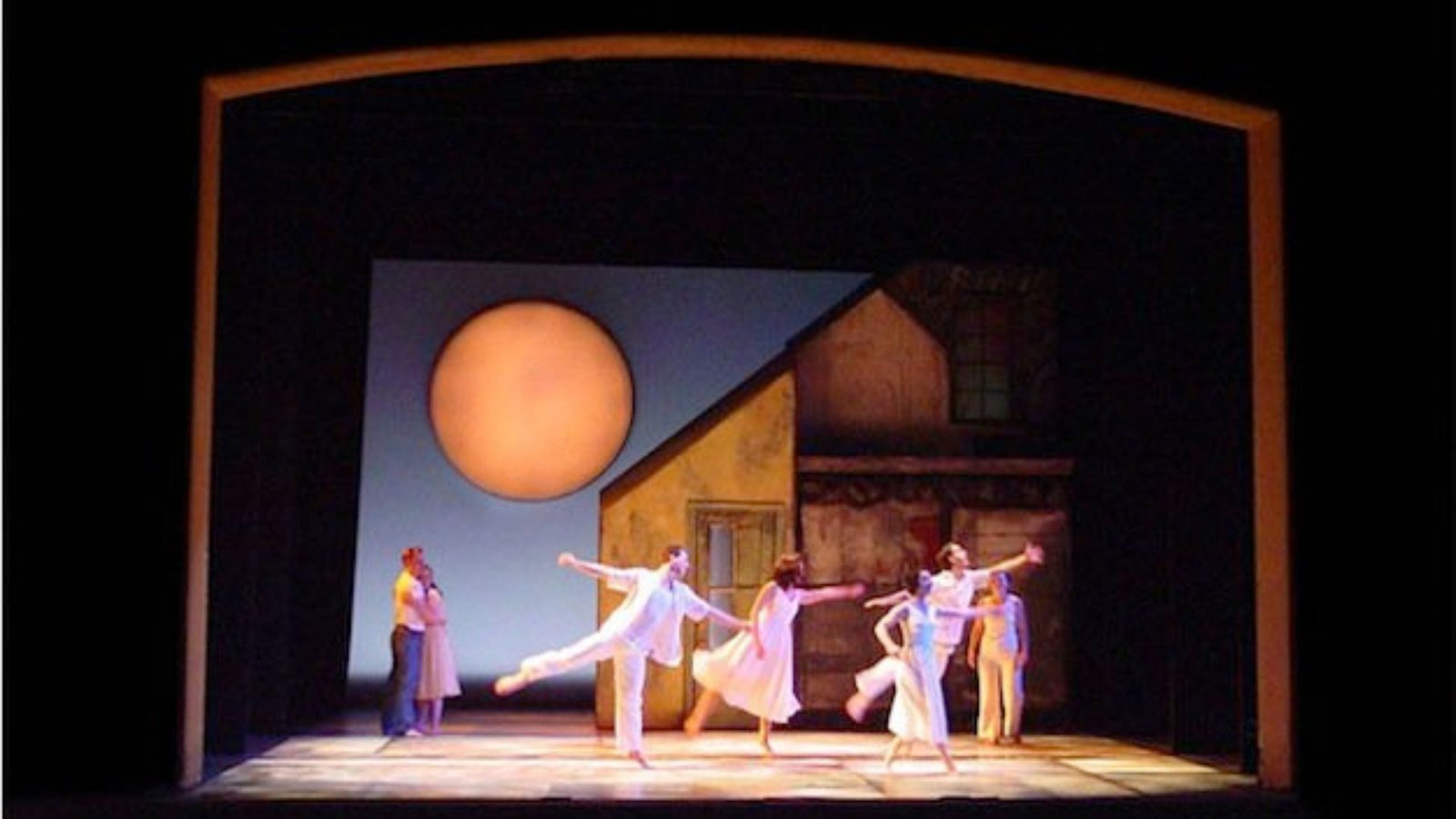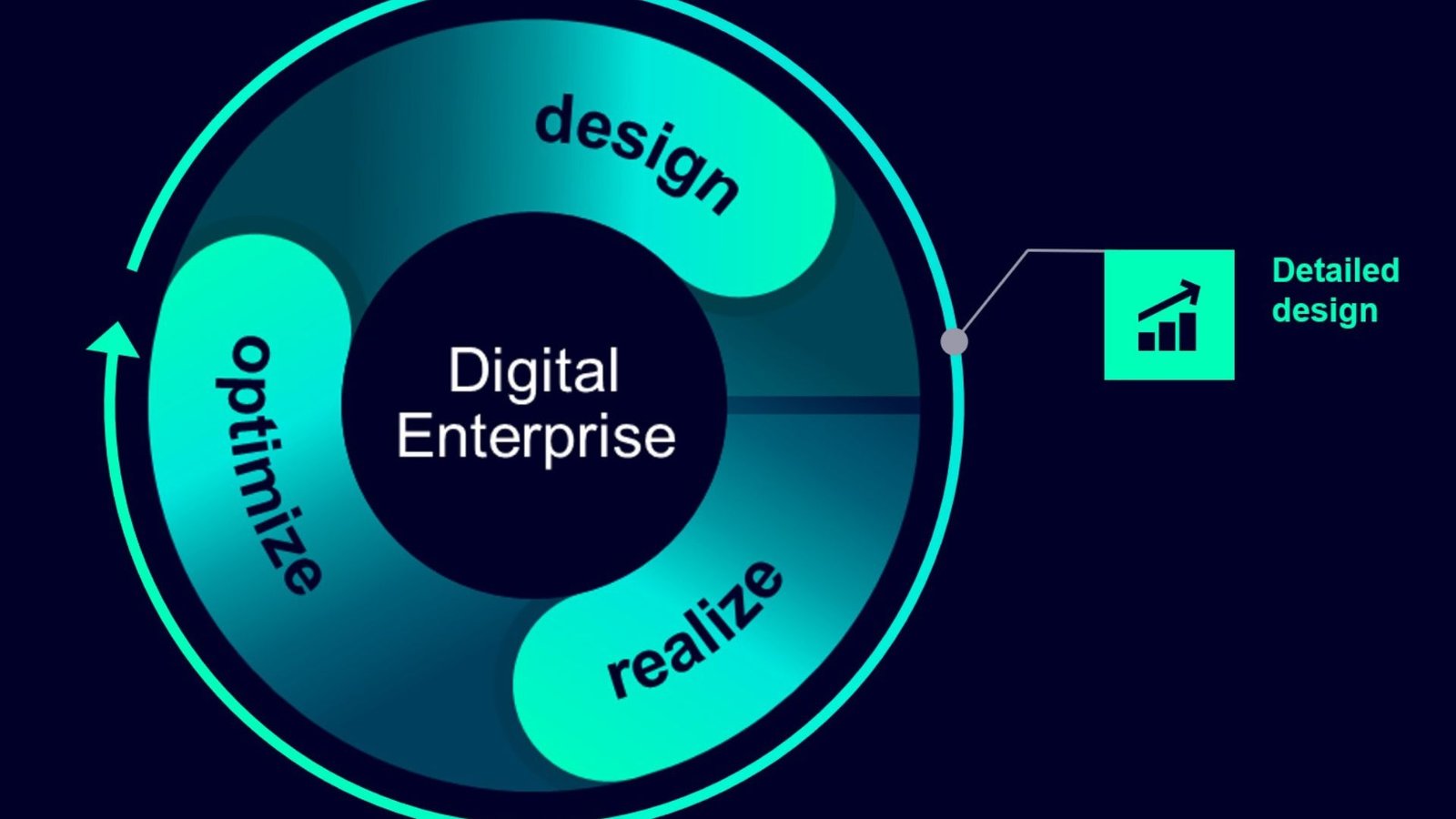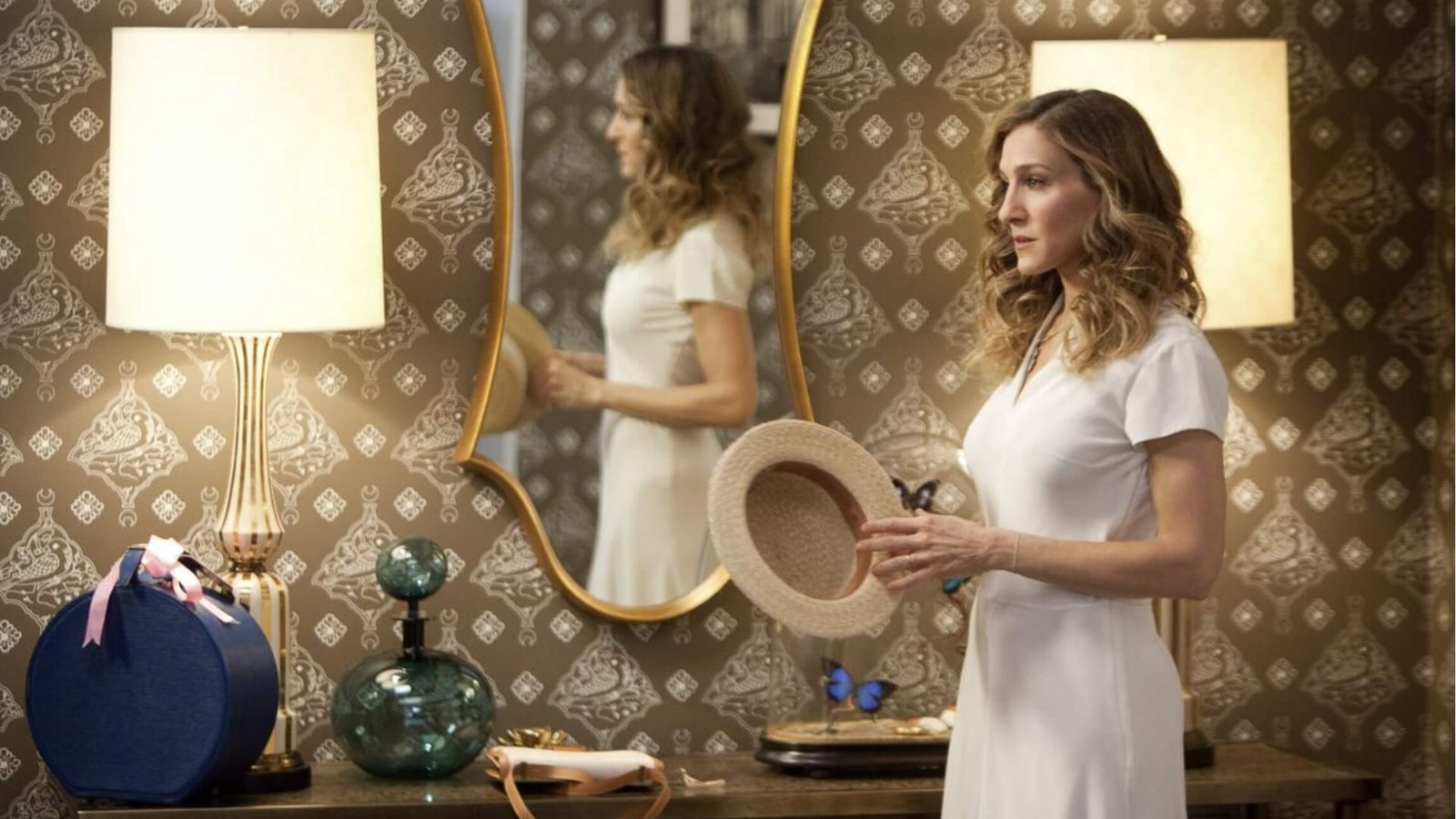Production design plays a crucial role in period dramas, helping to transport audiences to different historical eras with authenticity and detail. In period dramas, every design element, from sets to costumes, must accurately reflect the time period and contribute to the storytelling. In this blog post, we will explore key production design elements for period dramas and how they create an immersive historical experience.

Authentic Historical Sets
To start with, authentic historical sets are fundamental in period dramas. These sets recreate the look and feel of a specific era, providing a believable backdrop for the story. Designers research historical architecture, interior design, and everyday objects to ensure accuracy. For example, if the drama is set in Victorian England, the set might include ornate furniture, period wallpaper, and gas lamps. Accurate historical sets not only enhance the visual appeal but also help audiences feel fully immersed in the time period.
Detailed Props and Furnishings
Detailed props and furnishings are another crucial element of production design for period dramas. These items, from everyday household objects to specialized tools, need to reflect the materials, styles, and craftsmanship of the era. For instance, a film set in the 18th century might feature antique kitchenware, period-appropriate books, and traditional clothing. Designers often source or replicate historical items to add authenticity to the set. By paying attention to these details, designers ensure that every aspect of the production aligns with the historical context.
Accurate Costumes
Accurate costumes are essential for bringing characters to life in period dramas. Costumes should reflect the fashion, social status, and cultural norms of the time. Designers study historical records, paintings, and clothing patterns to create outfits that are true to the period. For example, a drama set in the 1920s might feature flapper dresses, tailored suits, and vintage accessories. Well-crafted costumes help actors embody their characters and enhance the audience’s connection to the story. The right wardrobe can also highlight the characters’ roles and personalities within the historical setting.
Period-Appropriate Colors and Textures
Using period-appropriate colors and textures is another key design element. Colors and textures should match the historical era and contribute to the overall aesthetic. For example, a drama set in the medieval period might use rich, deep colors and heavy fabrics to reflect the opulence or modesty of the time. Conversely, a production set in the 1960s might feature bright, bold colors and modern materials. By selecting colors and textures that align with the time period, designers create a more convincing and immersive visual experience.
Historical Accuracy in Architecture and Decor
Historical accuracy in architecture and decor is vital for period dramas. The design of buildings, rooms, and public spaces should reflect the architectural styles and interior design trends of the era. This includes details such as window styles, door designs, and decorative elements. For instance, a drama set in the Renaissance period might showcase elaborate frescoes, wooden paneling, and intricate moldings. Accurate architecture and decor not only provide a realistic setting but also enhance the audience’s understanding of the historical context.
Lighting and Atmosphere
Finally, lighting and atmosphere play a significant role in period dramas. Lighting should complement the historical setting and contribute to the mood of the scene. For example, candles or oil lamps might be used in a historical setting, while more modern lighting techniques could be employed for scenes set in later periods. Additionally, the overall atmosphere, including weather effects and ambient sounds, helps create an immersive environment. By carefully managing lighting and atmosphere, designers enhance the emotional impact and visual authenticity of the production.
Conclusion
In conclusion, key production design elements for period dramas include authentic historical sets, detailed props and furnishings, accurate costumes, period-appropriate colors and textures, historical accuracy in architecture and decor, and effective lighting and atmosphere. These elements work together to create a convincing and immersive historical experience for the audience. By paying close attention to these design aspects, production designers bring the past to life and support the storytelling in period dramas.




